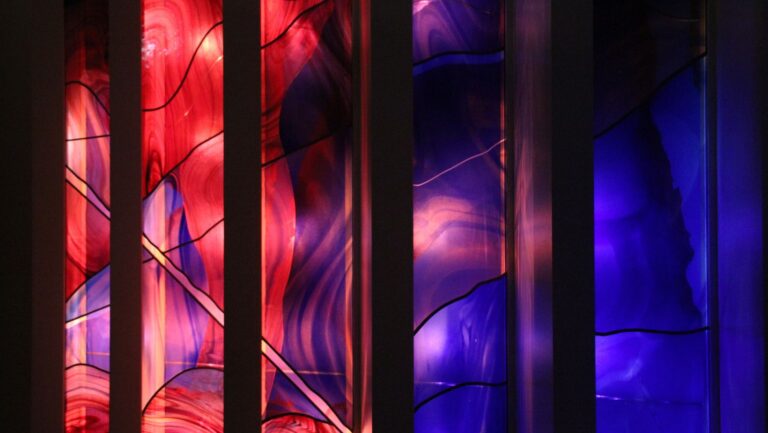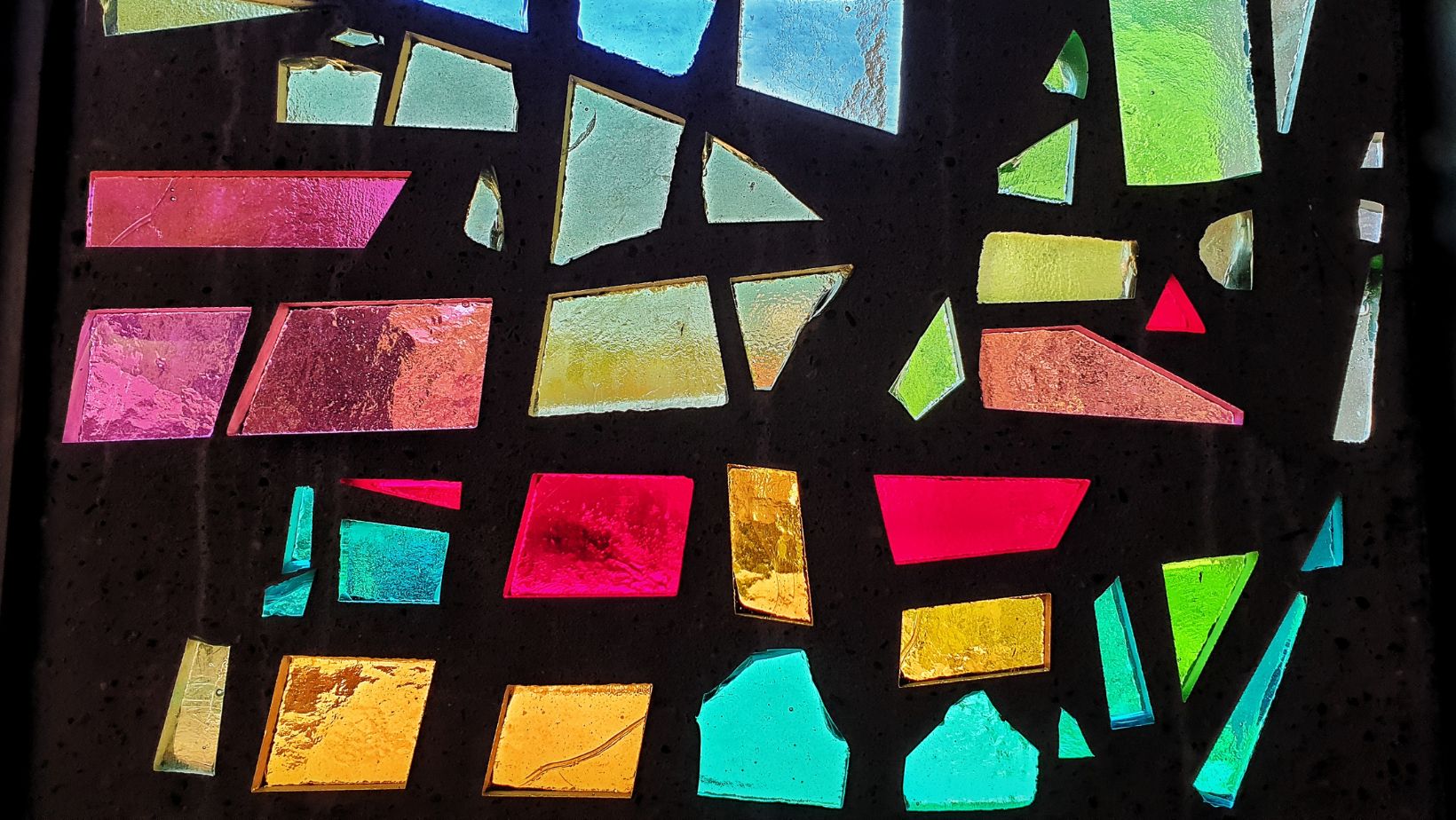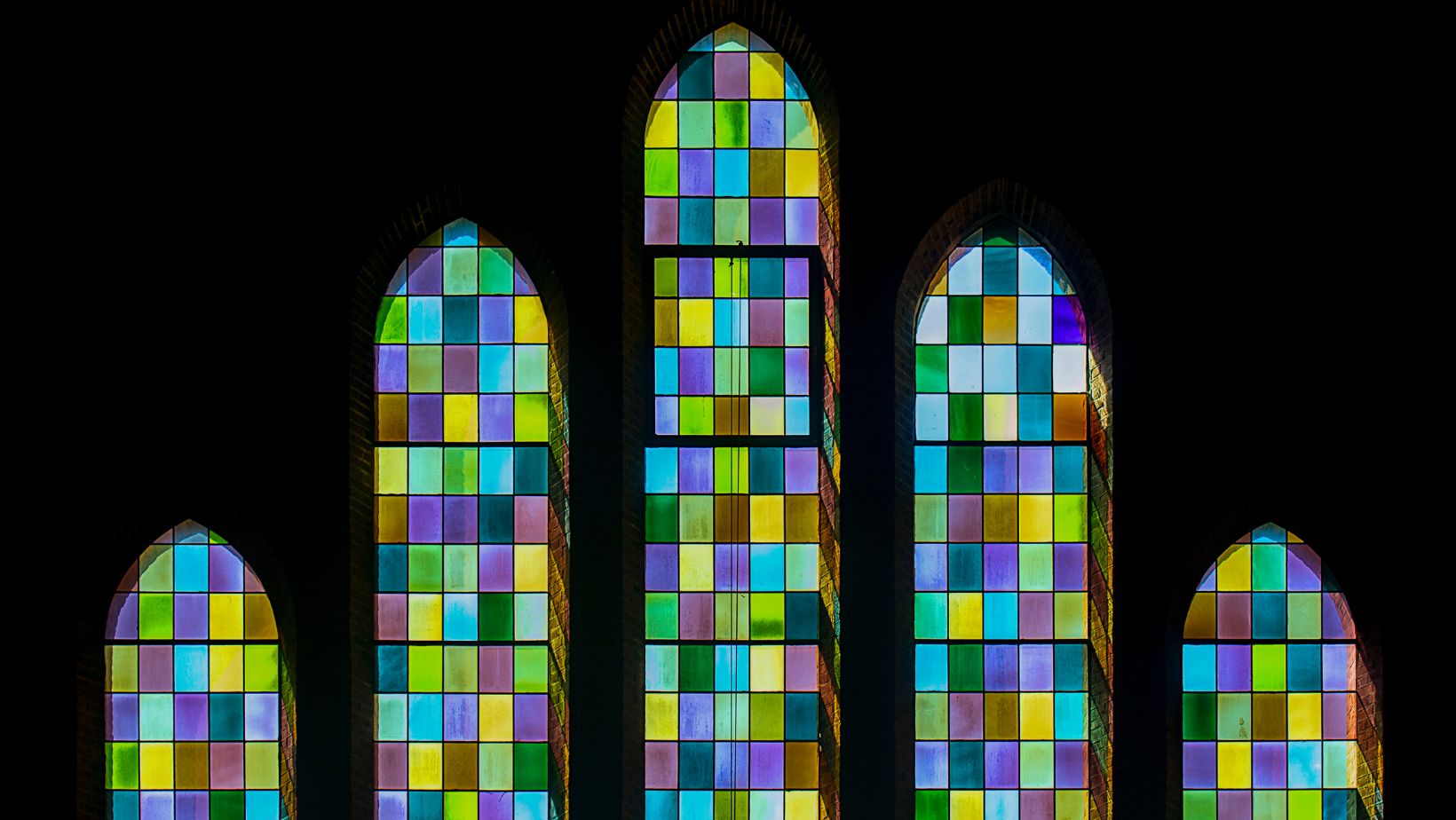Coloured glass has captivated humanity for centuries, blending artistic expression with scientific innovation. This article delves into its rich history, the intricate manufacturing processes, diverse applications, and the importance of selecting reputable suppliers.
Introduction to Coloured Glass
Coloured glass, a material that combines aesthetic allure with functional benefits, has been integral to various cultures and industries. Its vibrant hues and translucent qualities make it a preferred choice for artists, architects, and designers.
Historical Evolution of Coloured Glass
The journey of coloured glass dates back to ancient civilizations. Early artisans discovered that adding metallic oxides during the glass-making process produced a spectrum of colours. Over time, techniques evolved, leading to the intricate stained glass windows prominent in medieval cathedrals and the ornate glassware of the Renaissance.
Manufacturing Processes
Traditional Methods
Historically, coloured glass was crafted by introducing metal oxides into molten glass. For instance, adding cobalt yielded deep blues, while gold produced rich reds. Artisans employed methods like glassblowing and casting to shape the material into desired forms.
Modern Techniques
Contemporary advancements have refined coloured glass production. Techniques such as float glass manufacturing allow for large, uniform sheets, while lamination and coating processes enhance durability and colour consistency. These innovations have expanded the applications of coloured glass in various sectors.
Applications of Coloured Glass
Architectural Uses
In architecture, coloured glass serves both decorative and functional roles. It enhances aesthetic appeal, controls light transmission, and contributes to energy efficiency.
Modern buildings often feature coloured glass facades and partitions, adding vibrancy to urban landscapes.
Artistic Expressions
Artists have long utilized coloured glass to create compelling works. From traditional stained glass windows to contemporary sculptures, the material offers a medium that plays with light and colour, resulting in dynamic visual experiences.
Functional Purposes
Beyond aesthetics, coloured glass finds applications in various functional domains. In interior design, it is used for privacy screens and decorative accents. In the automotive industry, tinted glass reduces glare and heat. Additionally, coloured glass is employed in scientific instruments and technology displays.
Selecting Quality Coloured Glass Suppliers
Key Considerations
Choosing the right coloured glass supplier is crucial for ensuring product quality and project success. Factors to consider include the range of available colours, customization options, compliance with safety standards, and the supplier’s reputation in the industry.
Spotlight on Glass Suppliers in Cambridge
Cambridge boasts a selection of reputable glass suppliers known for their expertise in coloured glass. These glass suppliers in cambridge offer a variety of products suitable for architectural, artistic, and functional applications, catering to diverse project requirements.
Working with Specialist Providers
The Role of Glass Manufacturers and Suppliers
Collaborating with specialist glass manufacturers and suppliers ensures access to high-quality materials and technical support.
These professionals provide insights into the latest products, assist with design considerations, and offer solutions tailored to specific project needs.
Ipswich Glass: Excellence in Coloured Glass Supply
Ipswich Glass stands out as a premier provider of coloured glass solutions. Renowned for their commitment to quality and customer satisfaction, they offer an extensive range of coloured glass products suitable for various applications. Their expertise ensures that clients receive materials that meet the highest standards, making them a trusted partner in the industry.
Conclusion
Coloured glass remains a versatile and captivating material, enriching our environments through its blend of beauty and functionality. Whether in historical edifices or modern designs, its enduring appeal underscores the importance of selecting quality suppliers and understanding its diverse applications.



